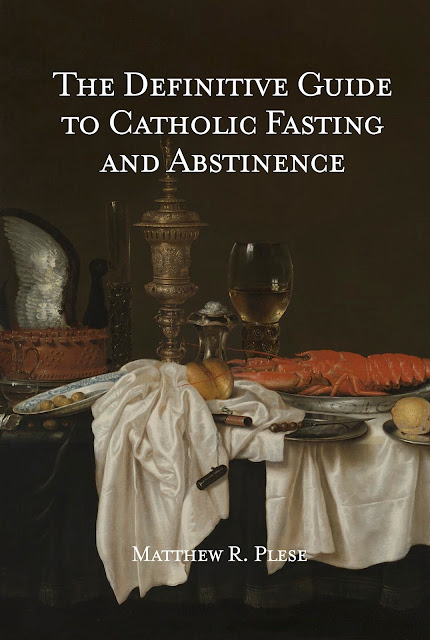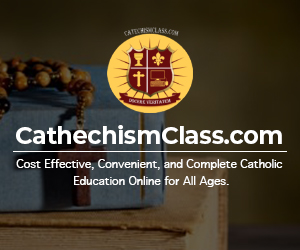 This photo from the blog, "The Inspired Traditionalist", is of Bishop Salvatore Cordileone of the Diocese of San Diego, California celebrating a Tridentine Mass on Februrary 25, 2007, at St Mary's Church in Stamford, Ct.
This photo from the blog, "The Inspired Traditionalist", is of Bishop Salvatore Cordileone of the Diocese of San Diego, California celebrating a Tridentine Mass on Februrary 25, 2007, at St Mary's Church in Stamford, Ct.For more photos see the Inspired Traditionalist at the original and second post. For those photos and more as well as explanations of the Mass, see The New Liturgical Movement.










